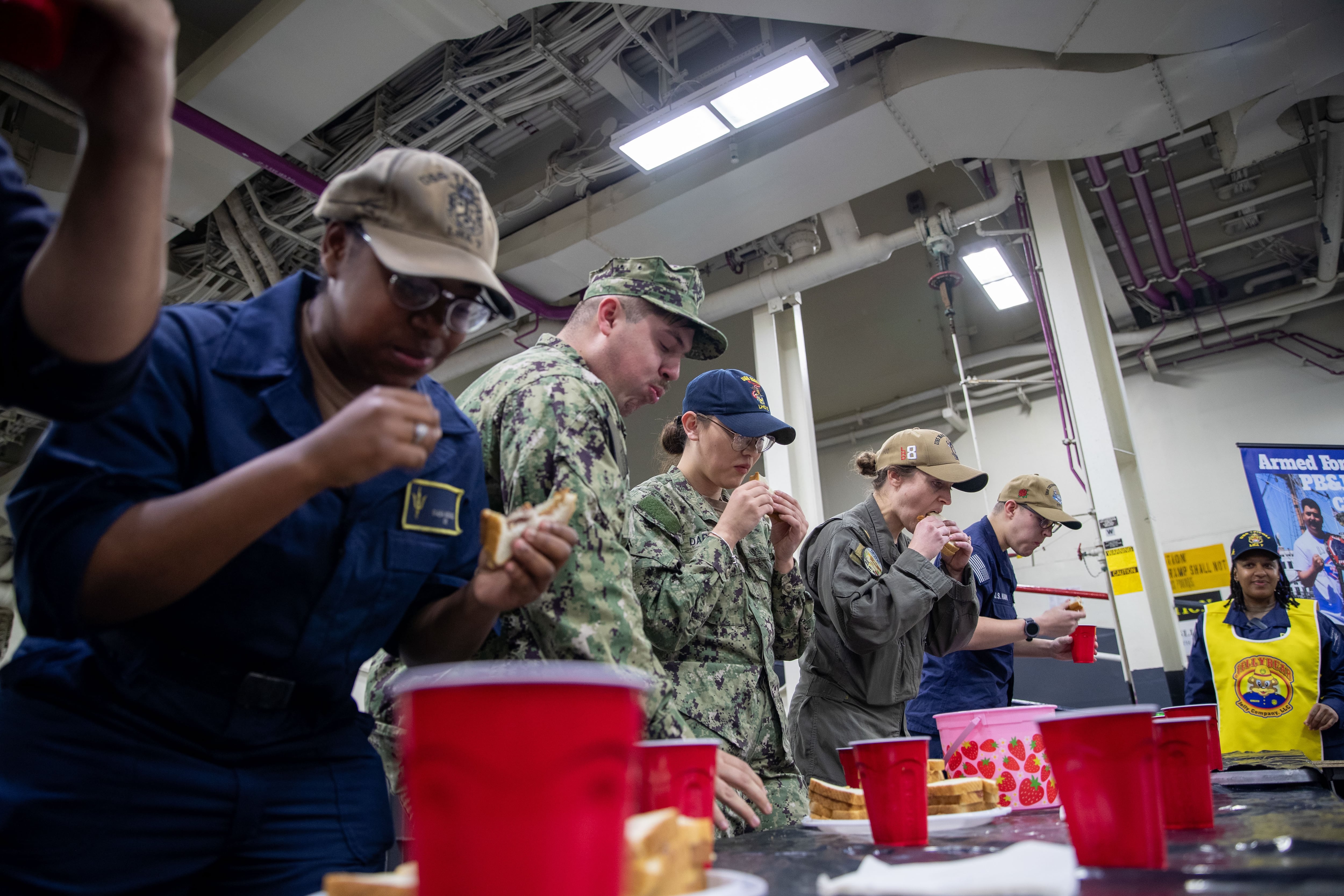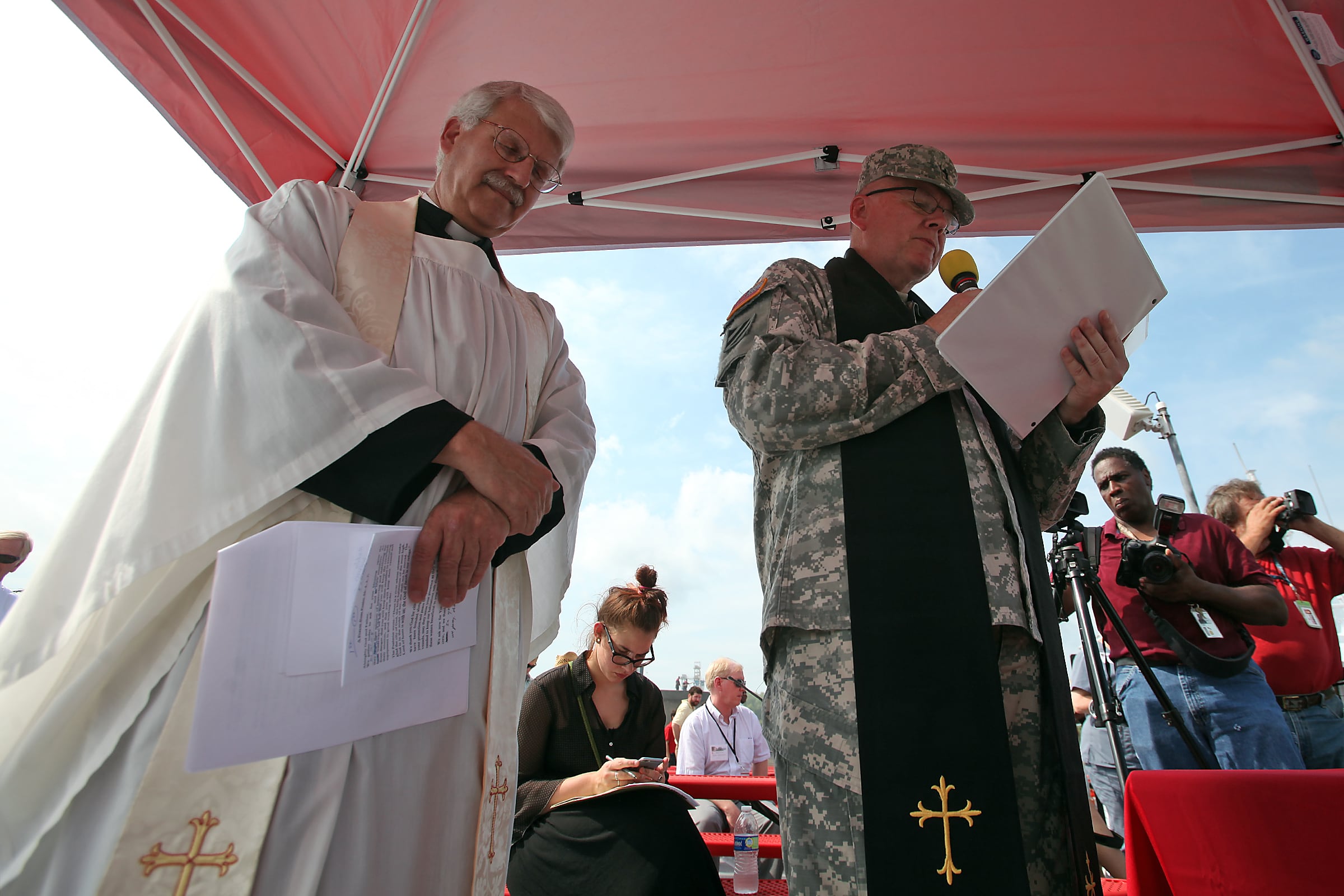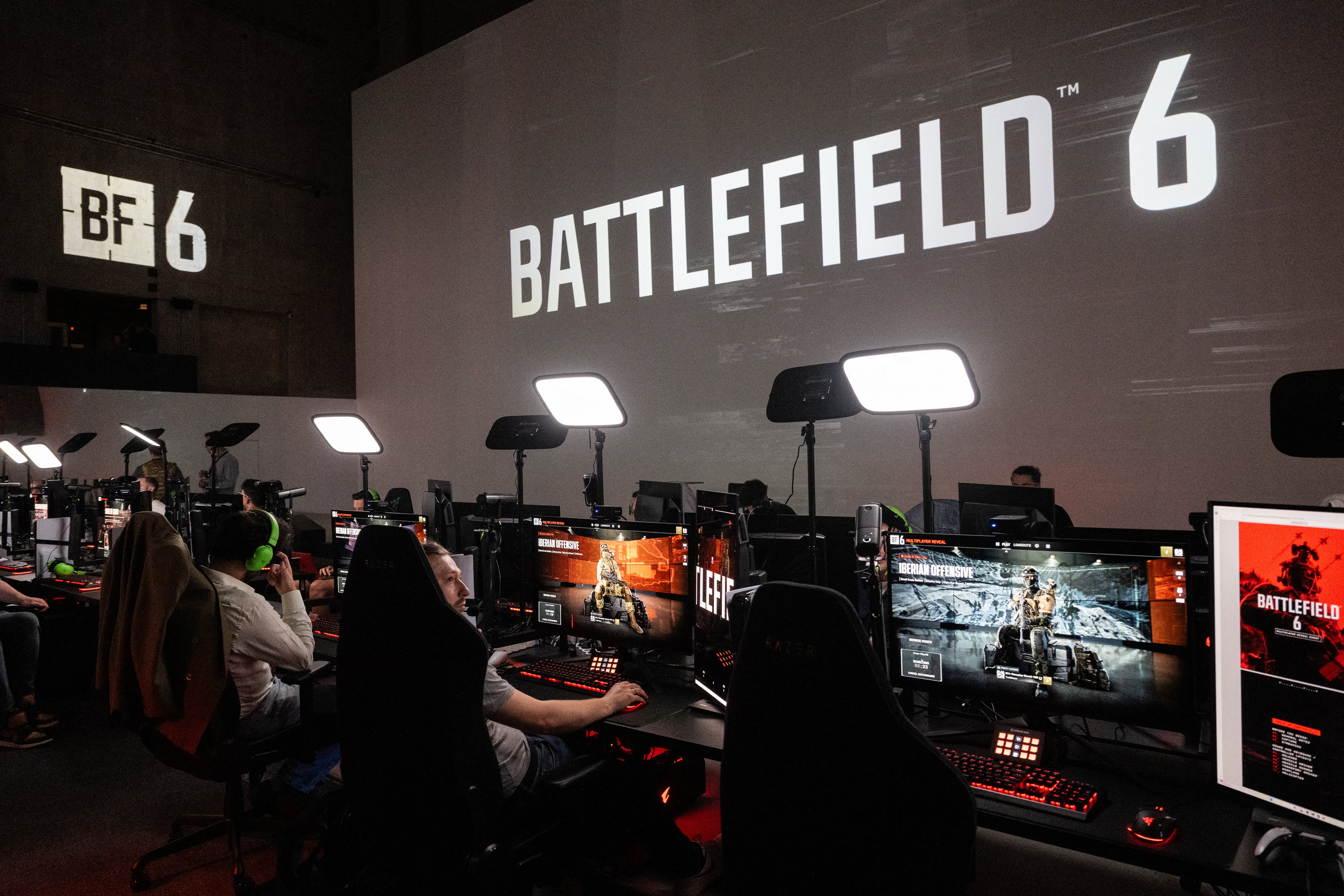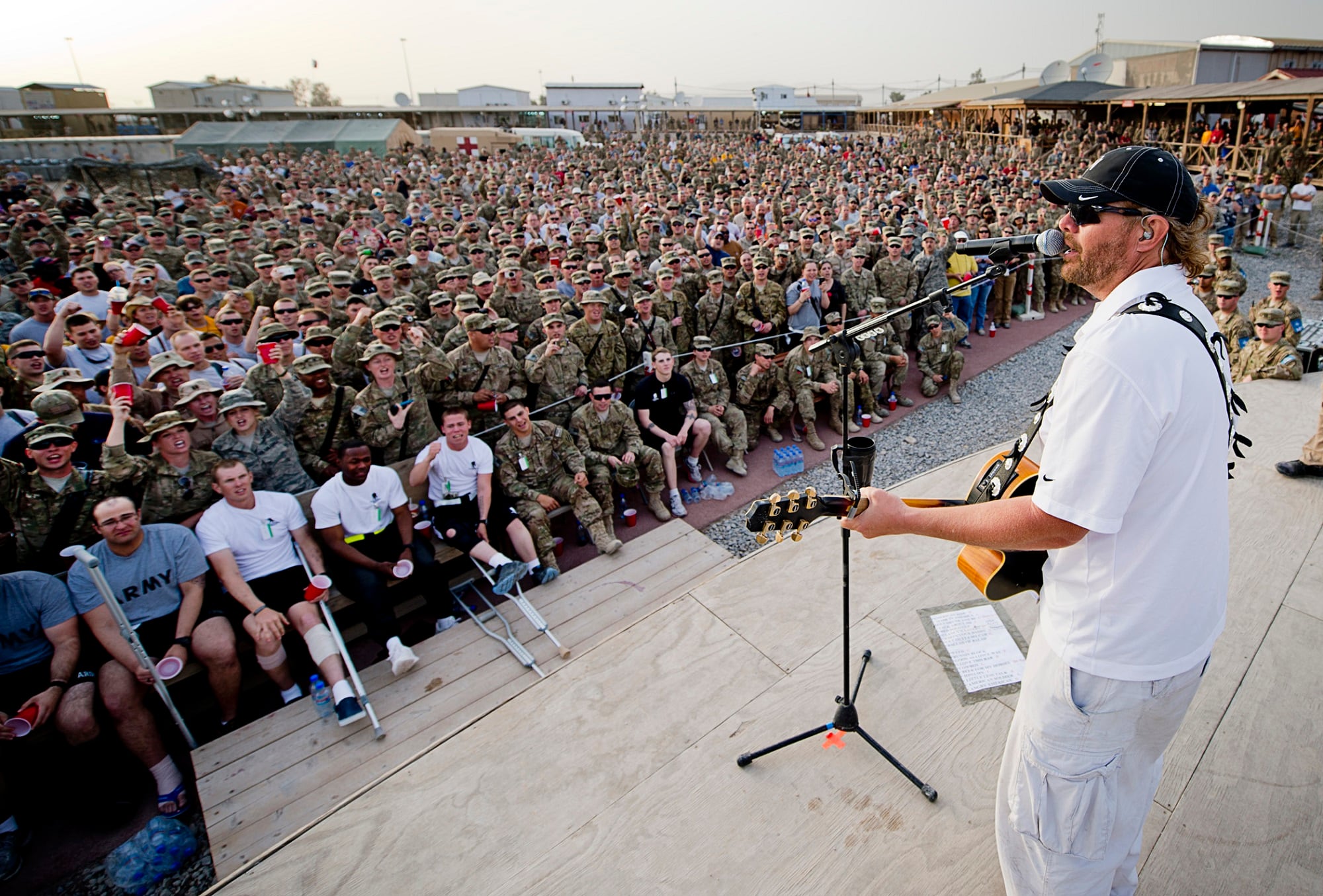August is National Sandwich Month. For most people, it is a fun excuse to enjoy a sub, a grilled cheese or maybe a new deli spot. For service members, however, the sandwich represents something more sacred. It is not just a quick meal. It is the backbone of military dining. From shelf-stable MRE pouches to DFAC paninis and gas station hoagies grabbed before a convoy, the sandwich has become a culinary staple within the ranks.
For an institution built on discipline and structure, the military’s most enduring food innovation is a lesson in improvisation. The sandwich is not flashy, but it gets the job done, much like the troops it feeds.
The tactical PB&J: A foundation of military cuisine
The peanut butter and jelly sandwich is the most recognizable sandwich in military history. Troops have been pairing rationed bread with peanut butter and jelly since World War I. By World War II, it was standard issue. Soldiers carried tins of peanut butter and jelly, crafting sandwiches in trenches and on the move. As Sgt. Maj. Michael R. Saucedo once described it, the PB&J was often the “pièce de résistance” of field rations.
It was not just about calories. It was about comfort. In an environment where everything else was unfamiliar, a PB&J felt like a connection to home. That tradition persists today, whether it is built in a field chow line or improvised with MRE components.
MRE sandwiches: Shelf-stable science
Modern military food science has taken the sandwich to new extremes. At the U.S. Army’s Natick Soldier Systems Center, researchers engineered a shelf-stable sandwich designed to survive combat conditions. These sandwiches are vacuum-sealed, contain humectants to prevent sogginess and use oxygen scavengers to stay fresh without refrigeration.
Flavors range from barbecue chicken to Italian sausage. According to Natick’s research, they can stay edible for up to three years in ideal storage conditions.
While soldiers may debate their taste, these sandwiches represent a marvel of food engineering. They deliver sustenance and a psychological boost when traditional meals are not an option.
DFAC paninis and Army food kiosks
In garrison environments, the sandwich takes on a more refined form. Some dining facilities, or DFACs, now include sandwich bars, panini presses and kiosks offering customizable meals. As part of the Army’s Food Program Modernization, installations are shifting from traditional DFACs to smaller food outlets, improving accessibility and variety.
These kiosks offer more flexible meal times and give soldiers options like made-to-order sandwiches, sushi and salads. The intent is to boost morale and meet the diverse nutritional needs of the force. However, availability and quality can vary between installations. Some soldiers have raised concerns about limited options and inconsistent hours of operation.
Despite the challenges, these sandwich stations represent a step toward modernizing the nutrition of our nation’s best and brightest.

Gas station subs and the impulse sandwich
When DFAC hours do not align with duty schedules, service members often turn to local solutions. Commissary deli sandwiches, gas station hoagies and convenience store snacks fill the gap. Whether it is a Wawa sub on the East Coast or a Casey’s pizza sub in the Midwest, these sandwiches become lifelines during late-night shifts and weekend duties, because who among us hasn’t scarfed down a gas station hoagie and energy drink on the way to work?
Even the “sailor sandwich,” a regional delicacy near Marine bases, has military roots. It combines pastrami, knockwurst and Swiss cheese on rye bread, and is believed to have originated at the University of Richmond during the Navy V-12 training program in World War II.
These sandwiches may not be listed in any official military field manual, but they are just as critical to morale and readiness.
Bread as a force multiplier
The sandwich’s simplicity is its genius. Bread, in its various forms, has been a military ration staple since the Revolutionary War. From hardtack crackers to ash-cakes baked in campfires, bread has always been a vehicle for sustaining troops. By World War II, field bakeries were standard in the Army’s logistical chain, ensuring fresh loaves were delivered alongside ammunition and fuel.
Bread is not glamorous, but it is reliable. It holds the peanut butter packet, the instant tuna mix or whatever happens to be in an MRE pouch that day. Throughout history, wars have been won on the back of a bread loaf.
Final bite
The military is filled with traditions and rituals that span generations. Much like a chief warrant officer, the sandwich quietly sits among them, going completely unnoticed sometimes. It is a staple that has been passed between ranks, shared between units and improvised across every branch.
In a military filled with complex systems and high-tech innovations, sometimes it is the simplest things that keep it moving forward. Bread, protein and whatever else you can squeeze between them — that is what holds the force together.
In Other News














